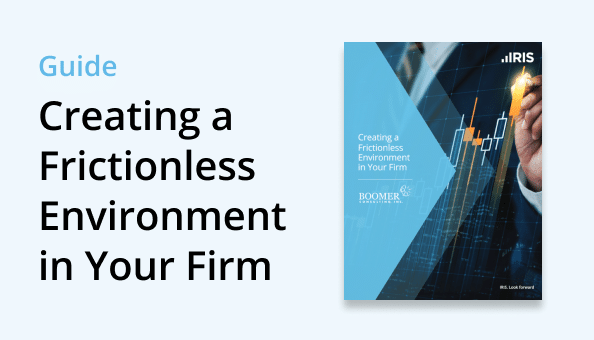BLOGS
W-2 vs. Final Pay Stub: Understanding the Difference

Each tax season, employers field a number of questions regarding tax forms and documents furnished for employees’ individual filing. One of the most common questions relates to an apparent discrepancy between amounts shown under taxable wages on Form W-2 and amounts shown on a year-end pay stub. For some employees, this raises concern regarding possible inaccuracies or mistaken withholdings.
The good news for employers and employees alike is that, in most cases, this is actually a good sign. Excluding rare instances when no deductions have been taken from an employee’s paycheck, an employee’s final pay stub and W-2 should not match. In this article, we’ll explore why W-2s and year-end pay stubs tend to differ and how you can account for apparent misalignments on each form.
Accounting for Discrepancies
When a W-2 (boxes 1,3,5, and potentially 16) shows taxable wages that differ from amounts on a year-end pay stub, the root cause is usually deductions taken from gross pay. A year-end pay stub shows total/gross earnings received over the course of the calendar year, while Form W-2 shows yearly taxable earnings.
There are a range of reasons for the discrepancy. The most common is any pre-tax benefit that is offered to employees, whether it’s health, vision, dental insurance or certain other fringe benefits. These deductions automatically lower wages that are taxable and reported within boxes 1, 3, and 5 on Form W-2.
Similarly, if an employee is enrolled in any retirement plan sponsored by their employer – whether it’s a 401(k) or otherwise – this impacts the amount of federal taxable wages in Box 1 of Form W-2 (and Box 16 in certain states).
Another possible reason for a discrepancy in year-end pay stub and Form W-2 wages is the inclusion of nontaxable income items. Whether it’s workers’ compensation benefits, payments for child support, or reimbursable company travel mileage, these also lower gross wages on Form W-2 in boxes 1, 3, 5, and 16.
As a hypothetical example, assume an employee has earned $61,000 in gross income during a calendar year. As part of benefits enrollment, the employee has participated in an employer-offered (pre-tax) health insurance plan and paid $3,500 for a full year of individual coverage. The employee has also contributed $4,000 to an employer-matching 401(k) plan and received $500 in reimbursable mileage due to travel for work-related purposes.
The employee’s total nontaxable deductions and contributions would be $8000 for the year. In box 1 of the employee’s W-2, the total taxable wages would be $53,000. Taxable wages in boxes 3 and 5 would be $57,000. Although the employee’s year-end pay stub would still show $61,000 in gross wages, the information on Form W-2 would, in this case, be accurate and reflective of the deductions and nontaxable income items listed above.
Understanding Boxes 1, 3, 5, and 16
If you have further questions as an employee or would like to be better prepared to explain deductions and nontaxable income items to your employees, remember to familiarize yourself with the function of Boxes 1, 3, 5, and 16 on Form W-2.
Box 1 indicates gross taxable wage paid by the employer, which can include salary, wages, tips, commission, and bonuses. The source(s) of gross taxable wage varies based on industry and an employee’s particular role within a business.
Box 3 indicates the amount of employee earnings that are subject to Social Security tax. Tips are excluded from these earnings.
Box 5 indicates the amount of employee earnings that are subject to Medicare tax. This includes wages and tips, as well.
Box 16 indicates the amount of employee earnings that are subject to state tax. If you live or work in a state without income taxes, this box will be empty. Currently, nine states do not collect personal income tax: Alaska, Florida, Nevada, New Hampshire, South Dakota, Tennessee, Texas, Washington, and Wyoming.
Simplify and Streamline Payroll
Payroll poses challenges year-round (not just during tax season) and can detract from your core business practices, especially when it’s handled manually in-house. We offer software and services designed to let you focus on growing your business while optimizing payroll to boost employee satisfaction and ensure long-term legal compliance.
Contact us today to let us know how we can support your payroll process.
DISCLAIMER: The information provided herein does not constitute the provision of legal advice, tax advice, accounting services or professional consulting of any kind. The information provided herein should not be used as a substitute for consultation with professional legal, tax, accounting, or other professional advisers. Before making any decision or taking any action, you should consult a professional adviser who has been provided with all pertinent facts relevant to your particular situation and for your particular state(s) of operation.












